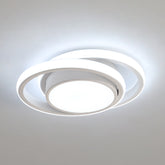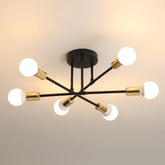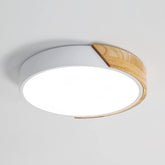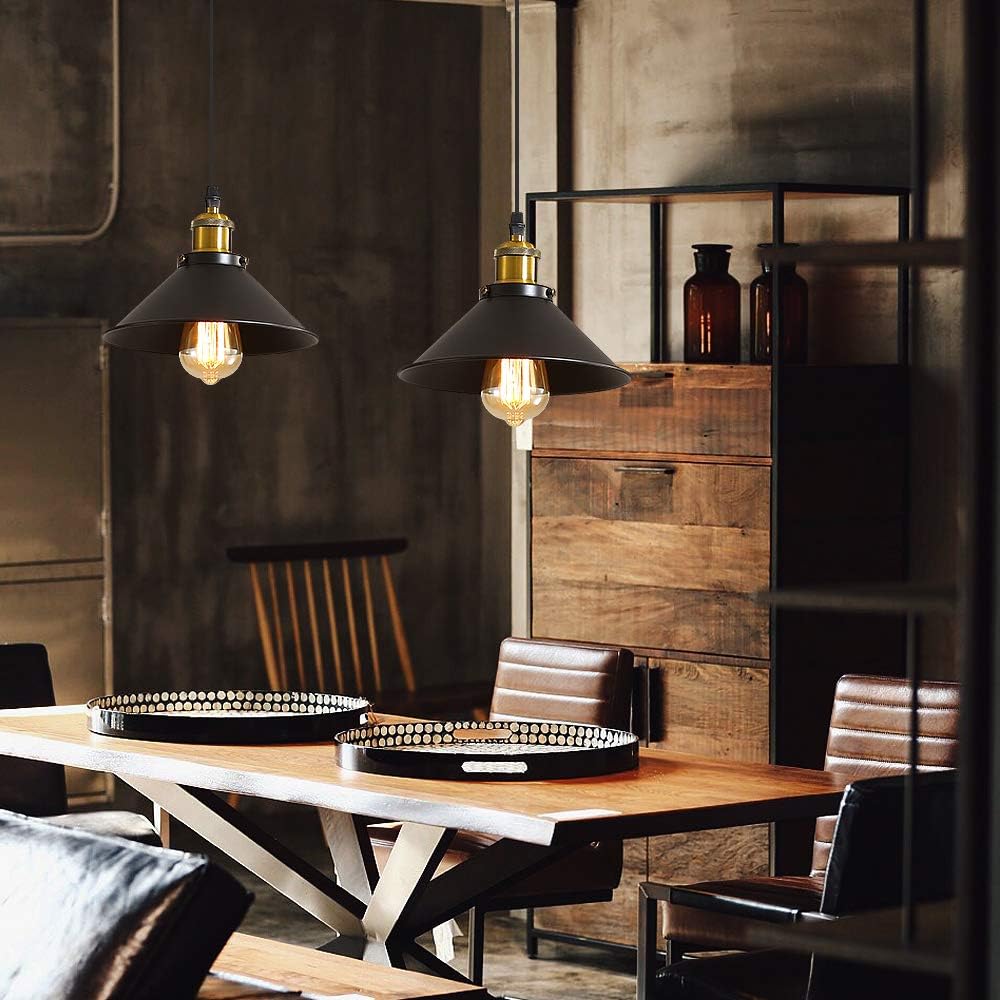Practical Guide: How to Combine Flush Mount Ceiling Lights and Pendant Lights
Lighting is more than just a functional necessity in home design – it also plays a vital role in setting the mood and defining style. Among the most common fixtures, flush mount ceiling lights and pendant lights each bring distinct benefits. Understanding their characteristics will help you choose the right solution for every space.
1. Flush Mount Ceiling Lights: Practical and Space-Saving
Flush mount ceiling lights sit close to the ceiling, making them perfect for rooms with lower ceiling heights. Their discreet design keeps spaces looking neat and uncluttered while providing even, general illumination without harsh shadows.
In bedrooms, a warm-toned flush mount light creates a cozy atmosphere, while in kitchens or hallways, a bright white light ensures clarity for everyday tasks. Minimalist models with slim profiles complement modern or Scandinavian interiors, while versions with subtle metallic trims fit well in classic or transitional spaces.
When choosing a flush mount, consider two key points: brightness relative to room size (about 100–150 lumens per square meter, depending on function) and materials that are easy to clean, especially in kitchens or living rooms where dust and grease may accumulate.
2. Pendant Lights: Stylish Focal Points
Unlike flush mounts, pendant lights hang from the ceiling by a rod or cable, naturally becoming a visual focal point. They work best in rooms with ceiling heights of 2.7 meters (9 feet) or higher, adding vertical depth and dimension.
In dining rooms, a pendant positioned 75–85 cm above the table, with a width slightly smaller than the tabletop, directs light onto meals while enhancing the dining experience. In living rooms, a large multi-light pendant or a bold single fixture can serve as the centerpiece above sofas and coffee tables. In bedrooms, small pendants on either side of the bed can replace table lamps, saving surface space while creating intimate lighting.
Pendant designs vary widely: crystal pendants bring elegance and luxury, wooden pendants add warmth and natural charm, while sleek metal versions suit industrial or minimalist interiors. Key considerations include hanging height (at least 2.2 m clearance from the floor in living rooms), number of bulbs suited to room size, and secure installation – especially important in homes with children or pets.
3. Choosing the Right Fixture: Matching Space and Needs
Flush mounts and pendants are not mutually exclusive – they can be combined for maximum effect. Flush mounts are best for low ceilings and functional lighting, while pendants enhance style and create focal points. Together, they can balance practicality and aesthetics.
For example, a living room may use a flush mount as the main light source, complemented by floor lamps for accent lighting. In a dining area, a pendant above the table can provide focus, while recessed lights ensure overall brightness.
Ultimately, the right lighting choice should blend illumination with architecture and lifestyle. Whether the soft uniform glow of a flush mount or the striking presence of a pendant, the goal is the same: to create a comfortable and inviting home.














